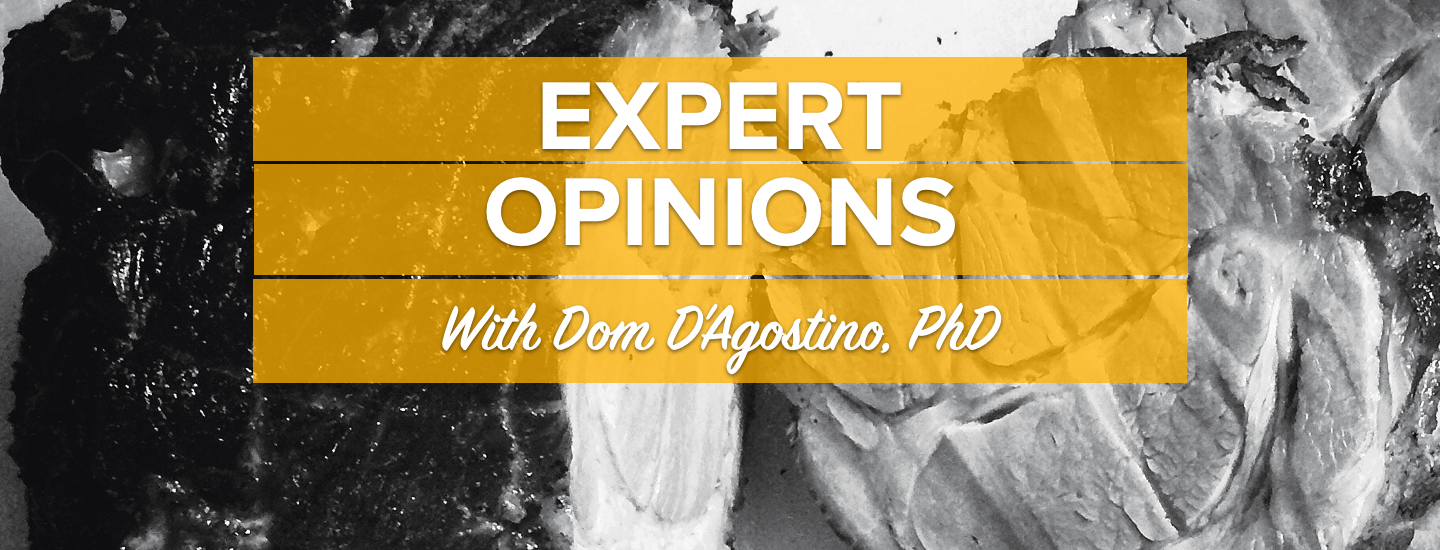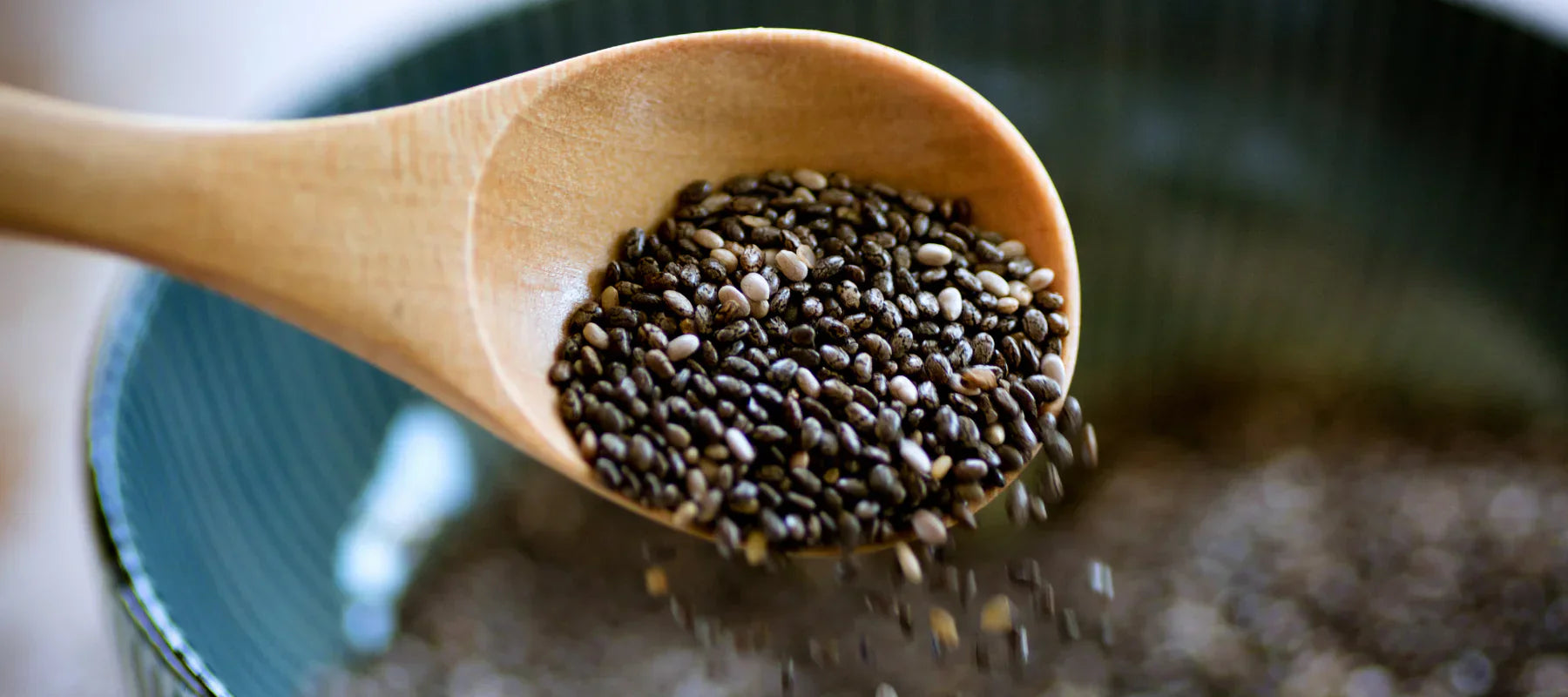How To Get Into Ketosis Fast: Your 3-Point Checklist for Max Fat-Burning

So you're thinking about "going keto".
I like your style.
Pretty soon you’re going to experience the superhuman cognitive performance, energy, and fat-loss you’ve only read about.
I won't lie to you, there's going to be a "break-in" period while your body adjusts to this metabolic shift.
Which is why we wanted to find the best and fastest way to transition into ketosis.
And what better way than ask the keto expert himself, Dom D'Agostino (who joined us on OPP episode 75)
Dom whipped up a protocol designed specifically so you can achieve ketosis as fast and efficient as humanly possible.
The Expert's Guide to Achieving Ketosis
Dr. D’Agostino may in fact be the world’s premier authority on ketogenic diets.
He's an associate professor in the department of molecular pharmacology and physiology at the University of South Florida. He is also a senior research scientist at the Center for Human and Machine Cognition.
And the distillation of his experience and knowledge comes down to a three-tiered approach to rapid ketosis.
Each of the actionable strategies below are effective on their own, but together, this trifecta will turn your body into a fat-burning machine.
BONUS: Access the FREE Ketosis Cheat sheet
Step 1: Fasting To Get Into Ketosis
Intermittent fasting by definition means not eating anything for a given period of time.
Contrary to what the fitness "experts" often cite as gospel, skipping breakfast will not cause your muscles to shrivel up into little raisins.
It doesn't mean you'll lose strengths either.
Fasting is a powerful tool to achieve ketosis because it drives insulin levels down.
When combined with a low-carb, high-fat diet, fasting pushes the body even more towards using fatty acids for fuel, and eventually you'll start producing ketones -- the primary fuel source for ketosis.
Fasting Protocol: Shoot for a fasting window between 12 - 18 hours per day.
Not only will the lack of carbs help your metabolism shift gears, keeping insulin low will speed up the process.
After a week or two of regularly pushing back your breakfast, you can "train" your hunger hormones to adapt to your new eating schedule.
This way, you won't even feel until your newly established time to "break fast".
Over time, and by steadily increasing your fasting window, you’ll find it gets easier and easier, until it finally becomes automatic.
Step 2: Training For Max Fat-Burning Efficiency
Exercise is an important tool when making the shift from sugar-burning to fat-burning.
While slow cardio is effective at using fat stores as a primary fuel source, high-intensity interval training (HIIT) has an even greater potential to burn calories even after the workout has ended.
Consider this: a study in the International Journal of Obesity found that when compared to steady-state cardio, HIIT burns 6X the fat in half the time.
Something as short as a 5-minute HIIT workout has a greater potential to burn fat, improve conditioning, and spare lean muscle tissue when compared to a leisurely 45 minute stroll.
HIIT Protocol: Perform 1-2 High Intensity Interval sessions per week.
While this doesn’t sound like much, HIIT-style training (when performed correctly) stimulates an acute inflammatory response in the body, and especially if you are training in a caloric deficit, less is more.
If you really want to ramp up fat oxidation, Dr. D'Agostino suggests following the HIIT session by a prolonged session of low-intensity aerobic exercise (go for a long walk or leisurely bike ride, for instance) and don’t break the fast until you’re finished.
Step 3: Eat Some Carbs (Yes, it's true)
Um, what?
Yes, when done correctly, including some carbs into your keto strategy is totally doable.
It may even be optimal.
CRITICAL POINT: For the best results you'll need to engage in intense weight-training a few days per week.
You see, to increase fat oxidation doesn’t necessarily mean giving up carbs.
Instead, to really optimize the process you should consider when the best time to eat carbs actually is.
Will eating carbs once a week kick you out of ketosis?
Of course it will, and that's actually the point.
Strategic Carb-Loading Protocol: Once per week, after an evening weight training routine, consume approximately 100- 200 grams of carbs.
During the week you get to enjoy all those delicious fatty foods like bacon and avocado which keeps fat burning elevated and insulin levels kept low.
Then, approximately once per week, you can eat some carbs to kick you out of ketosis temporarily -- which has some important performance benefits.
If you’re an athlete or simply a fitness enthusiast, this strategy will help mobilize fatty acids for energy during the day, and shifting carbohydrate intake later on will allow you to replenish glycogen stores to fuel activity the next day, plus, it can help support healthy hormonal function so your training won’t take a dip.
Call it a cheat meal, call it carb backloading, I call it getting the best of both worlds when it comes to a sustainable diet.
Related content: Is The Ketogenic Diet Right For Power Athletes?
So there you have it!
# # #










